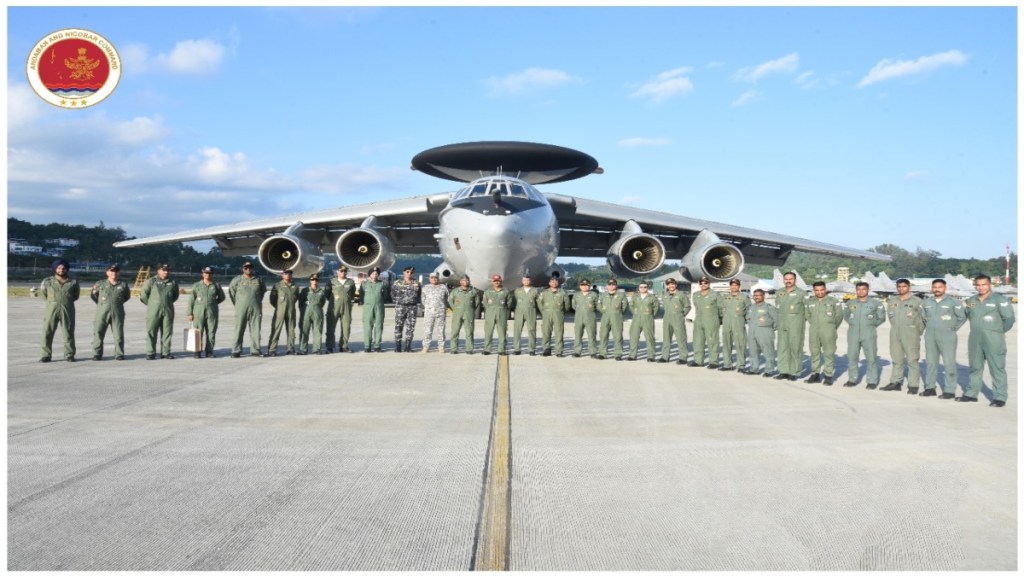The Defence Acquisition Council (DAC), led by Defence Minister Rajnath Singh, granted Acceptance of Necessity (AoN) for the indigenous upgrade of Su-30 MKI Aircraft by state-owned Hindustan Aeronautics Limited (HAL).
The Air Chief, in one of the earlier interactions with the media, indicated plans to upgrade 84 Sukhoi-30MKI fighter jets at a cost slightly exceeding Rs 60,000 crore. The HAL facility, in collaboration with the Indian Air Force and other partners, will handle the upgrades, excluding modifications to the airframe and engines.
Reports in the public domain indicate that the first batch of 100 SU-30s will undergo upgrades, including electronic warfare suite enhancements, avionics, and radar improvements.
The design and development phase is expected to span four to five years, followed by the initiation of fleet modernization. The Su-30MKI fleet has been undergoing a continuous “spiral upgrade” for over a decade, integrating new weapons and sensors.
Indigenous additions to Su-30MKI weaponry include BrahMos and Astra air-to-air missiles. Further integration is anticipated, involving Rudarm-1 new generation anti-radiation missiles (NGARMs), Rudram-2, Rudram-3, and Astra-2. Rudram missiles are designed to neutralize various enemy surveillance, communication, and radar targets on the ground from stand-off distances.
The successful flight test of Rudram-1 NGARM on October 9, 2020, marked a milestone, striking a radiating target off the coast of Odisha. Subsequent developments include the DRDO’s plans to develop Rudram-2 (350 km range) and Rudram-3 (550 km) air-to-ground missiles.
A schematic for an electronic warfare suite, presented during Aero India 2023, hinted at ongoing efforts to replace current Russian SAP-51 pods on IAF’s Su-30 MKI fleet.
Will Russia be part of the upgrade?
Yes. Talks with Russia since 2017 have focused on upgrading the existing SU-30 MKI fleet, aligning with India’s goal of maximizing indigenous systems. Following the 19th IRIGC-M&MTC meeting in Moscow on November 6, 2019, Russia committed to supporting the development of a prototype for an upgraded Su-30MKI at HAL.
Contrary to engine upgrades, reports suggest a deliberate effort to minimize costs. The Indian Air Force’s preference for beyond-visual-range (BVR) combat diminishes the significance of super manoeuvrability. The planned upgrade features a new radar, potentially the Tikhomirov NIIP N035 Irbis E, comparable to an AESA radar.
Director General – Electronics & Communication Systems (ECS) at DRDO BK Das outlined plans to integrate the Uttam Radar with fighter jets like Sukhoi-30MKI and Mig-29 by 2025, following successful integration with Tejas Mk-1.
Considering the design and development timeline for the Su-30MKI upgrade variant, it remains a possibility that DRDO will have a suitable Uttam variant for the upgraded fighters. However, inherent challenges in new development projects may lead to timeline uncertainties.

